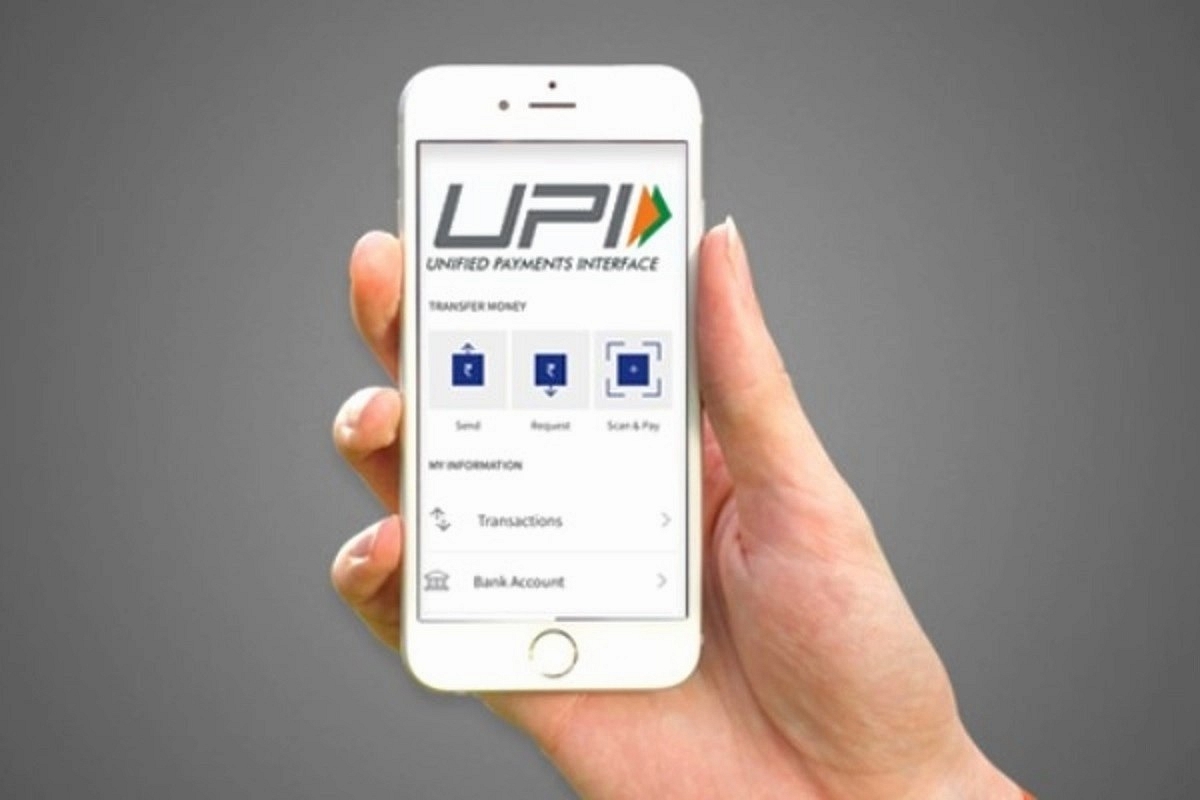Economy
RBI Targets 10 Lakh Daily E-Rupee Transactions By Leveraging UPI QR Codes

Unified Payments Interface (UPI), an instant real-time payment system developed by NPCI. (Representative Image)
The Reserve Bank aims to increase daily CBDC transactions to 10 lakh by the end of the year, a significant increase from the current 10,000 transactions.
To achieve this goal, the central bank plans to utilise UPI QR codes, Times of India reported.
The e-Rupee was launched by RBI on 1 December last year for retail transactions on a pilot basis. Since then, around 13 lakh users have downloaded the CBDC wallet, and around 3 lakh merchants are now accepting CBDC payments.
However, the limited number of merchants accepting CBDC has hindered the growth of transactions.
While speaking at a conference organised by the Indian Banks' Association, RBI deputy governor T Rabi Sankar said that interoperability would enable any merchant accepting UPI payments to also accept CBDC.
He added that the this will eliminate concerns about the number of merchants onboarded.
As many as 13 banks that are authorised to deal with CBDC have achieved partial interoperability where QR codes can be scanned and linked to CBDC wallets if available, he said.
“Work is in progress to ensure full interoperability by the end of the month, allowing QR codes without linked CBDC accounts to redirect payments to bank accounts. The RBI also aims to encourage other banks to adopt interoperability,” the RBI deputy governor was quoted as saying by Times of India.
Sankar stated that the target of 10 lakh CBDC payments was not overly ambitious, considering that UPI transactions currently stand at 31 crore.
However, he acknowledged that it was a significant enough number to understand the implications.
The deputy governor said that CBDC does not compete with existing systems like UPI, so there will not be any incentives available for CBDC transactions.
He emphasised that the survival of any payment system depends on the value proposition it offers to users.
In addition, the deputy governor highlighted two use cases for digital currency: removing friction in cross-border transactions and programming the currency for specific purposes.
He also emphasised the need for a domestic digital currency to counter the stablecoin threat. Stablecoins are a type of cryptocurrency that are tied to the value of fiat currencies.
According to Sankar, various institutions, such as the Bank for International Settlements (BIS), are currently investigating the use of central bank digital currencies (CBDCs) to tackle issues related to the high costs and time-consuming nature of cross-border transactions.
Support Swarajya's 50 Ground Reports Project & Sponsor A Story
Every general election Swarajya does a 50 ground reports project.
Aimed only at serious readers and those who appreciate the nuances of political undercurrents, the project provides a sense of India's electoral landscape. As you know, these reports are produced after considerable investment of travel, time and effort on the ground.
This time too we've kicked off the project in style and have covered over 30 constituencies already. If you're someone who appreciates such work and have enjoyed our coverage please consider sponsoring a ground report for just Rs 2999 to Rs 19,999 - it goes a long way in helping us produce more quality reportage.
You can also back this project by becoming a subscriber for as little as Rs 999 - so do click on this links and choose a plan that suits you and back us.
Click below to contribute.
Latest